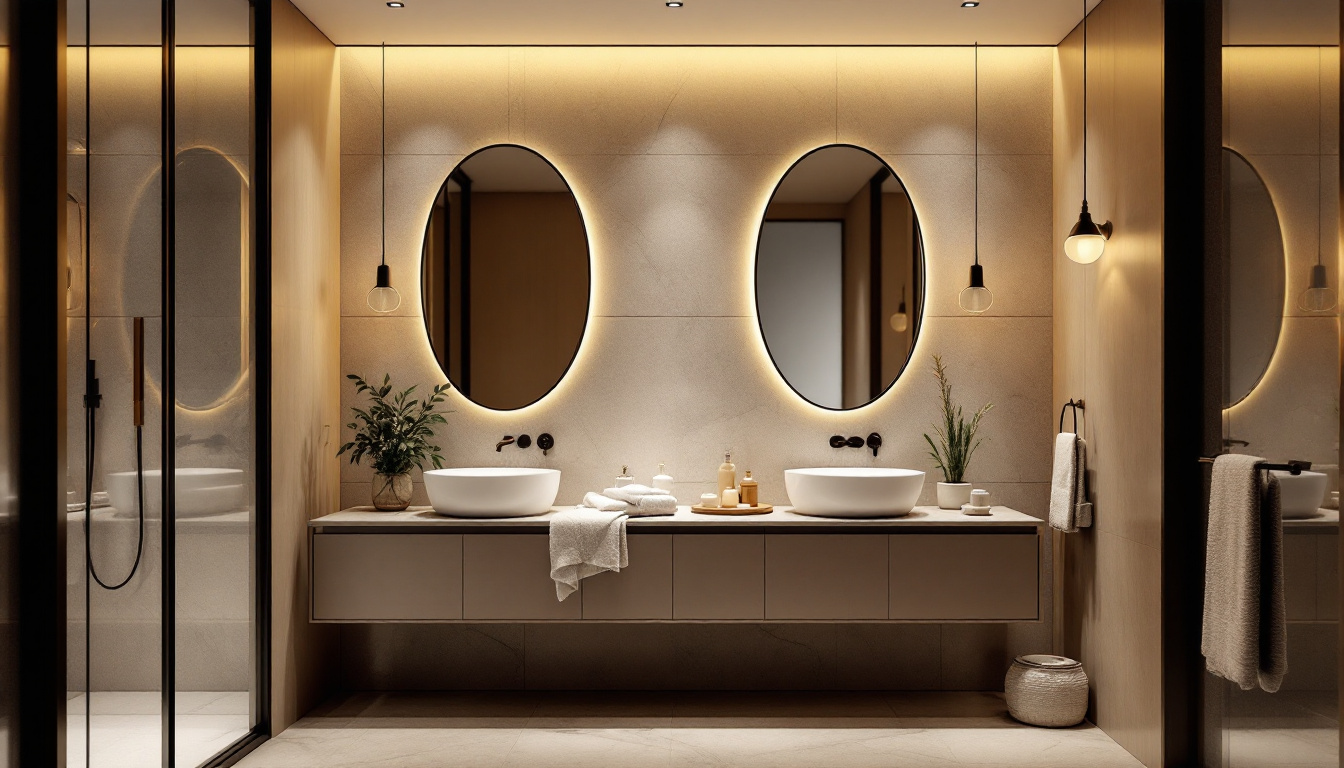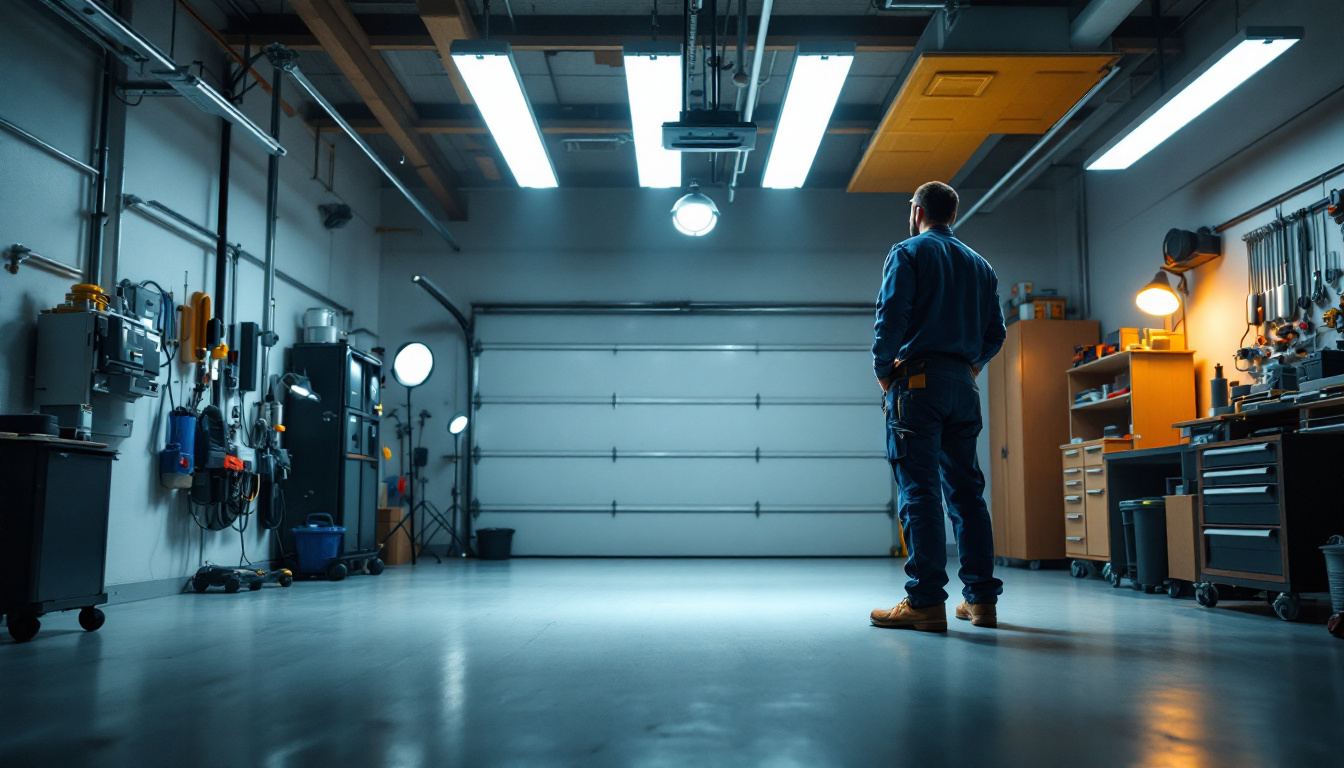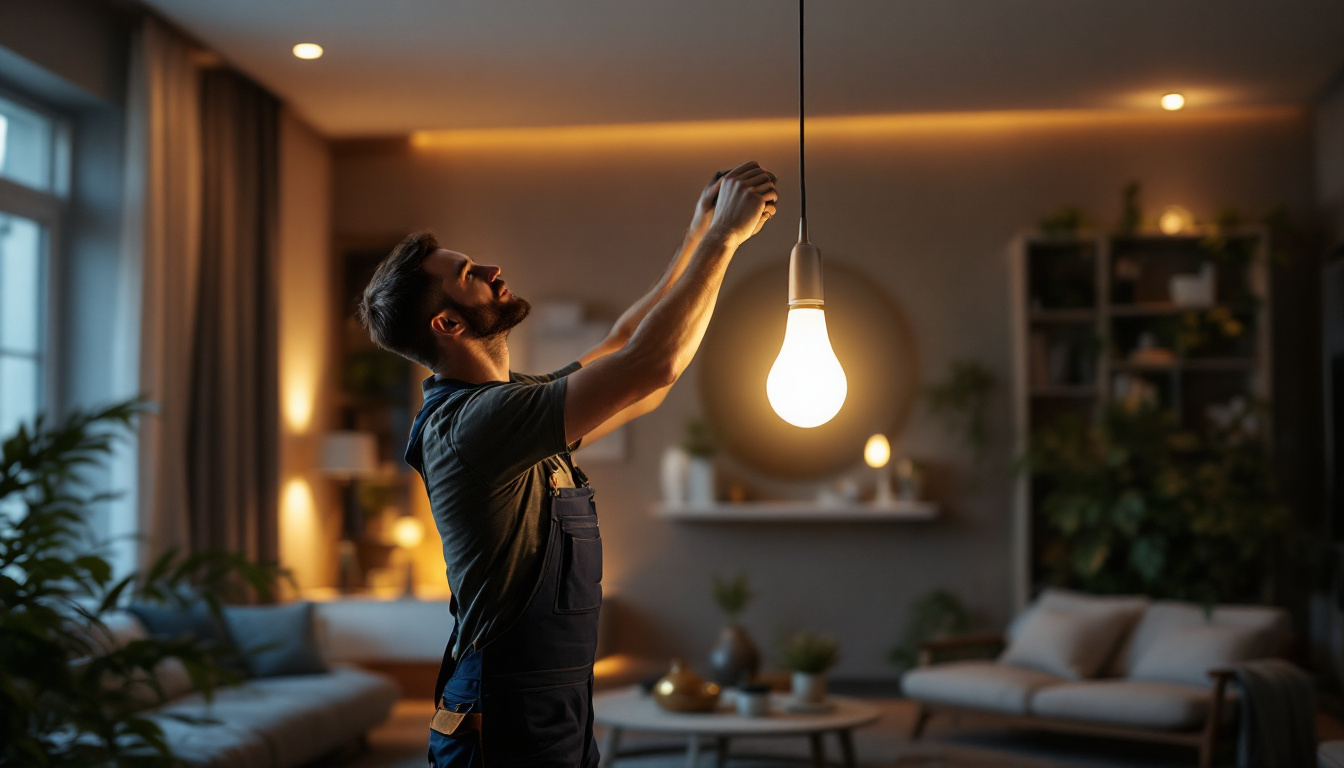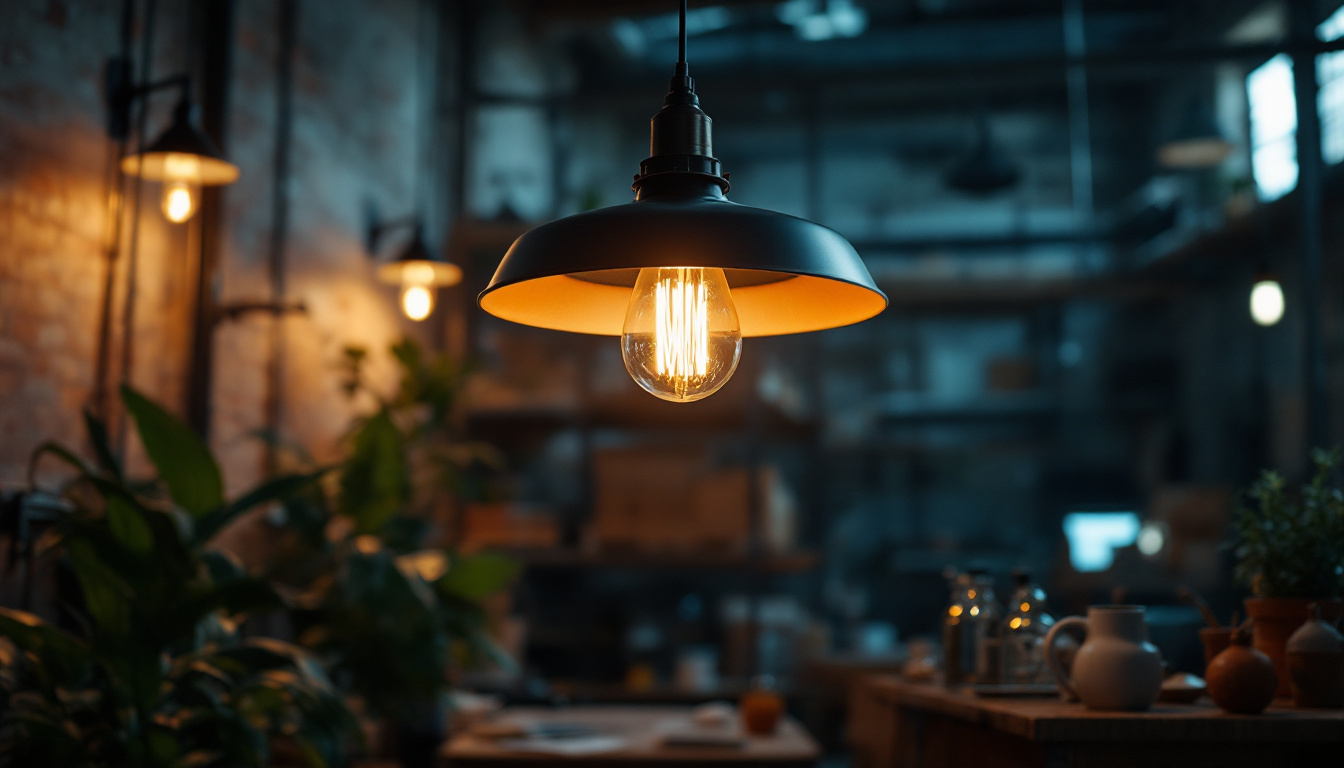

In the world of lighting design and installation, understanding the nuances of light brightness is crucial for delivering optimal results. The Light Brightness Scale serves as a fundamental tool for lighting contractors, enabling them to assess and communicate the intensity of light effectively. This article delves into the essential facts surrounding the Light Brightness Scale, offering insights that can enhance the work of lighting professionals.
Light brightness, often referred to as luminance, is a critical aspect of lighting design. It is measured in lumens, which quantify the total amount of visible light emitted by a source. However, brightness perception can vary significantly based on several factors, including the environment, the color of surfaces, and the observer’s vision.
Luminance is the measure of the amount of light that is emitted, transmitted, or reflected from a surface in a given direction. It is typically expressed in candelas per square meter (cd/m²). Understanding luminance is essential for lighting contractors, as it helps in determining how bright a space will appear under different lighting conditions.
When designing a lighting scheme, contractors must consider not only the lumens produced by fixtures but also how that light interacts with the surfaces it illuminates. For instance, a highly reflective surface will appear brighter than a matte surface under the same lighting conditions. This interaction can be particularly important in spaces where aesthetics and functionality must be balanced, such as in art galleries or retail environments where product displays are key.
Several factors can influence how brightness is perceived in a space. The color temperature of the light source, the layout of the room, and the presence of natural light all play significant roles. For example, warmer light temperatures (around 2700K) tend to create a cozy atmosphere, while cooler temperatures (above 5000K) can make a space feel more clinical and bright.
Additionally, the contrast between light and dark areas in a room can affect perceived brightness. A well-lit area adjacent to a darker space can enhance the overall perception of brightness, even if the actual light levels are the same. Lighting contractors must take these factors into account when planning installations to ensure that the desired ambiance is achieved. Furthermore, the psychological effects of lighting should not be overlooked; studies have shown that lighting can influence mood and productivity, making it crucial for contractors to tailor their designs to the specific needs of the occupants. For instance, in office settings, a balance of ambient and task lighting can help reduce eye strain and improve focus, while in residential spaces, softer lighting can create a more inviting environment.
The Light Brightness Scale is a tool that helps lighting contractors gauge and compare the brightness of different light sources. This scale can be particularly useful when selecting fixtures for specific applications, ensuring that the right amount of light is delivered where it is needed most.
The Light Brightness Scale typically ranges from dim to bright, with various gradations in between. At the lower end of the scale, you have ambient lighting, which provides a gentle illumination suitable for relaxation and socializing. Mid-range levels correspond to task lighting, which is brighter and designed to facilitate activities such as reading or cooking. Finally, the upper end of the scale represents accent lighting, which is used to highlight specific features or areas.
By familiarizing themselves with this scale, lighting contractors can make informed decisions about the types of fixtures to use in different scenarios. For instance, in a restaurant setting, a contractor might opt for a combination of ambient and accent lighting to create a warm and inviting atmosphere while also highlighting key design elements. This strategic use of lighting not only enhances the aesthetic appeal of the space but also influences the dining experience, encouraging patrons to linger and enjoy their meals.
Applying the Light Brightness Scale in real-world scenarios allows contractors to tailor their lighting solutions to meet specific needs. For example, in an office environment, the scale can guide the selection of lighting that minimizes eye strain and promotes productivity. A well-lit workspace can enhance focus and reduce fatigue, making it essential for contractors to consider brightness levels carefully. Additionally, the integration of adjustable lighting options can further empower employees to customize their environments, fostering a sense of comfort and control over their workspace.
In residential settings, the scale can help homeowners achieve the desired mood in various rooms. For example, softer lighting in bedrooms promotes relaxation, while brighter lighting in kitchens and workspaces enhances functionality. Understanding how to balance these different brightness levels is key to creating harmonious spaces. Furthermore, the use of smart lighting systems allows homeowners to dynamically adjust brightness levels based on the time of day or specific activities, seamlessly transitioning from bright, energizing light during the day to softer, more calming tones in the evening, thereby enhancing both comfort and efficiency in daily routines.
Once contractors grasp the principles of the Light Brightness Scale, the next step is selecting the appropriate fixtures. The choice of fixtures can significantly impact the overall brightness and functionality of a space.
There are several types of lighting fixtures available, each with its unique characteristics and applications. Common types include recessed lighting, pendant lights, chandeliers, and wall sconces. Each type serves different purposes and can be selected based on the desired brightness level and aesthetic appeal.
Recessed lighting, for instance, provides a clean and modern look while offering flexibility in brightness levels. Pendant lights can serve as focal points in a room, while wall sconces can create ambient lighting and enhance the overall atmosphere. Understanding the characteristics of each fixture type allows contractors to make informed choices that align with the Light Brightness Scale.
In today’s environmentally conscious market, energy efficiency is a critical factor in selecting lighting fixtures. LED technology has revolutionized the industry, offering high brightness levels with significantly lower energy consumption compared to traditional incandescent bulbs. Contractors should prioritize energy-efficient options that not only reduce operational costs but also contribute to sustainability efforts.
Moreover, energy-efficient fixtures often have longer lifespans, reducing the need for frequent replacements. This not only saves money for clients but also minimizes waste, making it a win-win for both contractors and the environment.
Implementing best practices in lighting design is essential for achieving optimal brightness levels and creating visually appealing spaces. Contractors should consider several key principles when designing lighting layouts.
Layering light involves using different types of lighting in a space to create depth and dimension. This technique typically includes ambient, task, and accent lighting, each serving a specific purpose. By layering light, contractors can enhance the overall brightness and functionality of a space while also adding visual interest.
For example, in a living room, ambient lighting can provide general illumination, while task lighting, such as floor lamps or table lamps, can be used for reading. Accent lighting can highlight artwork or architectural features, creating a dynamic and inviting atmosphere.
Every space has unique requirements based on its function and layout. Contractors should assess the specific needs of each area before determining the appropriate brightness levels. For instance, a kitchen may require brighter task lighting for food preparation, while a bedroom may benefit from softer, ambient lighting.
Additionally, the size and shape of the space can influence lighting design. Larger rooms may require multiple light sources to achieve even brightness, while smaller spaces may benefit from concentrated lighting to avoid overwhelming the area.
After installation, it is crucial for contractors to test and adjust brightness levels to ensure that the lighting meets the desired specifications. This process involves evaluating the actual brightness in the space and making necessary adjustments to achieve the ideal balance.
Light meters are invaluable tools for measuring brightness levels accurately. By using a light meter, contractors can assess the luminance in various areas of a space, ensuring that it aligns with the intended design. This data-driven approach allows for precise adjustments and helps in achieving the desired ambiance.
Furthermore, light meters can assist in comparing the effectiveness of different fixtures and configurations, providing insights that can enhance future projects.
Gathering feedback from clients is an essential part of the post-installation process. Clients may have specific preferences regarding brightness levels that may not have been fully captured during the design phase. By being open to adjustments based on client feedback, contractors can ensure satisfaction and foster long-term relationships.
Additionally, ongoing communication with clients can lead to valuable insights that can be applied to future projects, enhancing overall performance and service quality.
The Light Brightness Scale is an essential tool for lighting contractors, providing a framework for understanding and applying brightness levels in various settings. By mastering the principles of luminance, selecting appropriate fixtures, and implementing best practices in lighting design, contractors can create spaces that are not only functional but also visually appealing.
As the lighting industry continues to evolve, staying informed about advancements in technology and design practices will be crucial for contractors aiming to deliver exceptional results. Embracing energy-efficient solutions and prioritizing client satisfaction will further enhance the value of lighting services, positioning contractors as leaders in the field.
Ultimately, a solid grasp of the Light Brightness Scale and its applications can empower lighting contractors to elevate their projects, ensuring that every space is illuminated to perfection.
Ready to bring your lighting designs to life with the highest quality fixtures at the best value? Look no further than LumenWholesale. Our extensive collection of spec-grade lighting products is available at unbeatable wholesale prices, giving you the competitive edge you need. Say goodbye to middleman markups and hello to reliable, high-performance lighting that meets the highest industry standards. Plus, with free shipping on bulk orders, you can stock up on premium lighting solutions without any hidden fees. Elevate your lighting projects today by visiting Wholesale Lighting at the Best Value and discover the LumenWholesale difference.

Discover essential insights into bathroom lighting that every contractor should know.

Discover the essential insights lighting contractors need to know about LED garage lights.

Discover how choosing the right lamp bulbs can illuminate new business opportunities for lighting contractors.

Explore the advantages and drawbacks of warehouse hanging lights in this insightful article tailored for lighting contractors.
Get notified when NEW deals are released.
Optimize your budget with wholesale discounts.
Only top-quality, specification-grade lighting products.
No additional costs at checkout - what you see is what you pay.
We understand the unique needs of contractors.